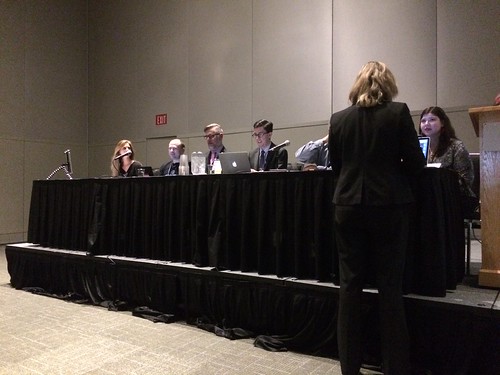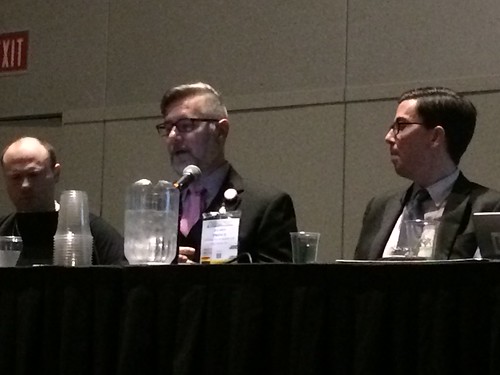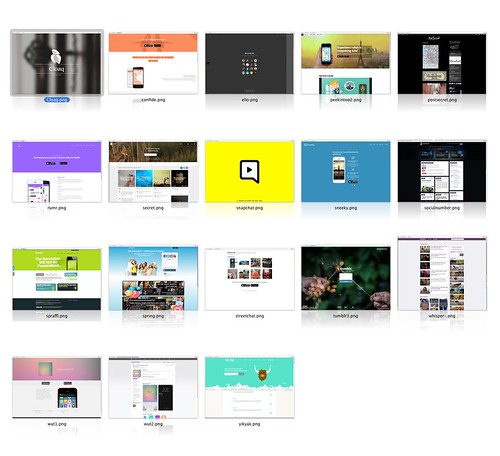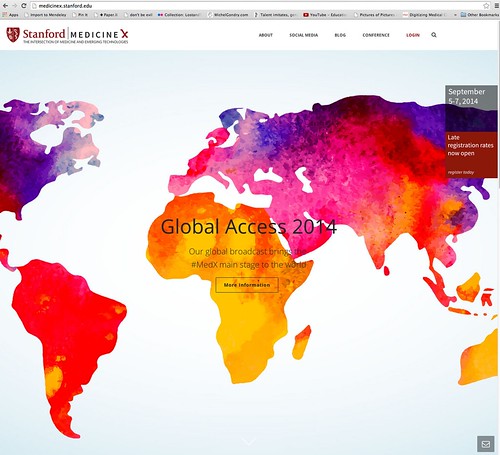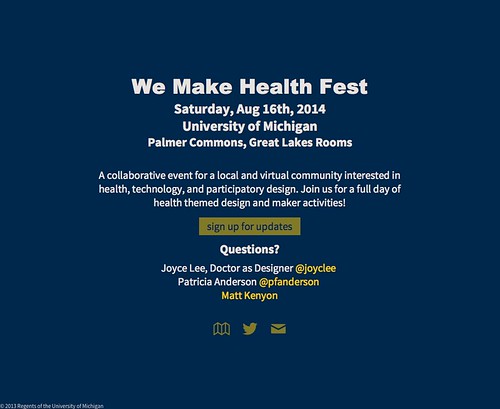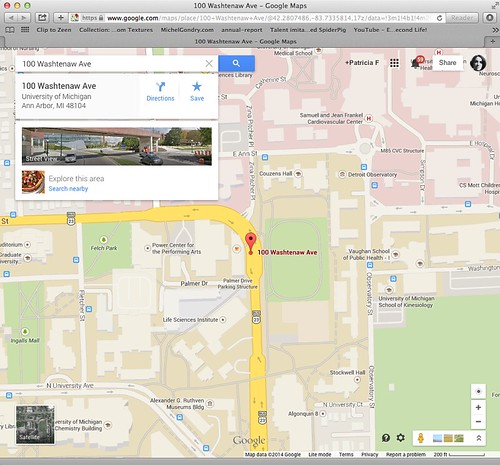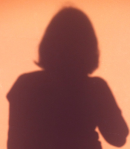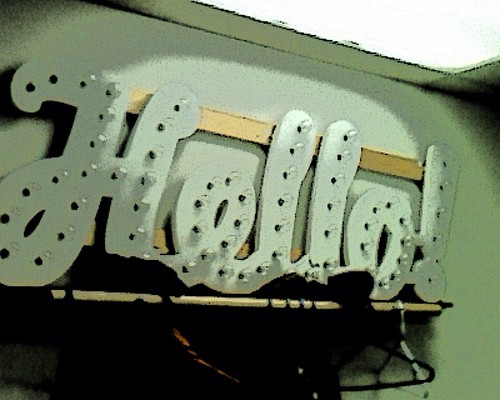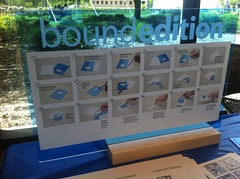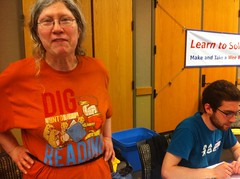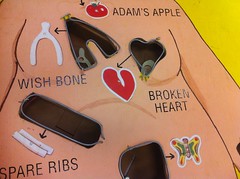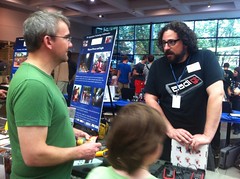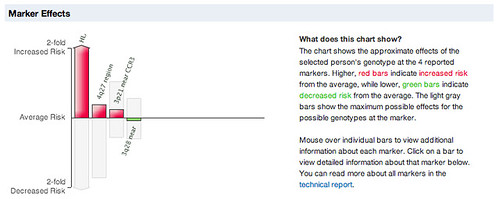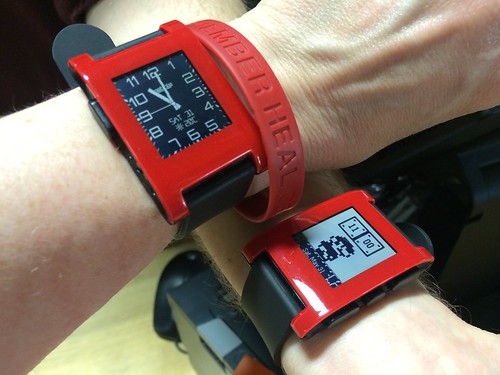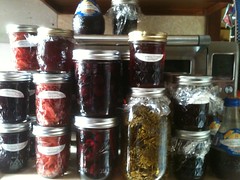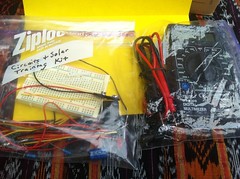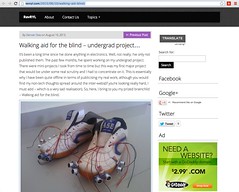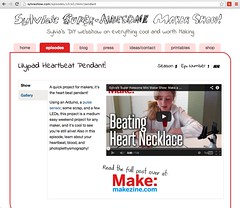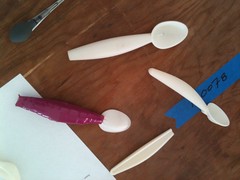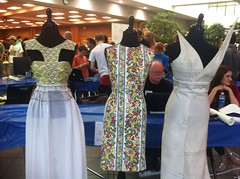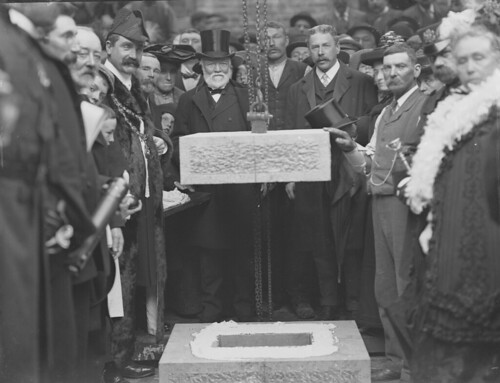I could not have been more delighted when late yesterday I saw a post on Gilles Frydman’s Facebook stream to the effect that Susannah Fox is the new CTO of HHS (meaning: Chief Technical Officer of the United States Department of Health and Human Services). Gilles was sharing Susannah’s post on the HHS Idea Lab Blog (worth following, if you don’t already).
Susannah Fox: I’m the New CTO of HHS: http://www.hhs.gov/idealab/2015/05/28/im-new-cto-hhs/
Executive.gov: Susannah Fox Named HHS CTO: http://www.executivegov.com/2015/05/susannah-fox-named-hhs-cto-sylvia-mathews-burwell-comments/
FedScoop: “Susannah Fox, an expert on the intersection of technology and medicine, takes over for former Chief Technology Officer Bryan Sivak.” http://fedscoop.com/hhs-names-next-cto
In that post Susannah talks about her work with the Pew Research Foundation, Robert Wood Johnson Foundation, and much more. She talked about how very much she was enjoying being exactly who she is and where she was. And then, something magical happened, something magical for all of us: the HHS recruited her, went after her, and convinced her to take the CTO job. This is magical because Susannah is not just intelligent, expert, influential, and well connected. Susannah has heart. She is kind to strangers. [See Regina’s post on Susuannah’s Walking Gallery jacket: “That was my idea of Susannah Fox. I did not know her name. I did not know her job. I only knew that she was kind and was a good mother.“]
Susannah is gracious, polite, honest, and real. Susannah has family and friends, people she cares about with real day-to-day health struggles. Susannah is a person, a REAL person. She is fiercely, heart-wrenchingly protective of her kids. She thinks her hair looks funny, and she fusses to get it just so. I think she’s gorgeous, of course, and she rolled her eyes and laughed when I said her hair was lovely. She has hobbies and interests beyond the job. She has a passion for helping others, because she really CARES, and for helping others in the right way, with information and evidence and data and tools. She doesn’t help just the anonymous strangers because it looks good. She doesn’t just help the people she loves because she loves them. She is kind and helpful everywhere she goes, because that’s who she is. But she does it smart. She knows limits, and she knows that limits can be stretched when we collaborate. She knows tough choices. She knows the problems of the world can’t be forced into coming out the way we wish they would.
Susannah and I have talked over social media, email, various ways for years, and I was lucky enough to meet her in person last fall.
See? That’s me, all the way down at the end of the line. Alicia Staley is in front, Susannah is next, and Pat Mastors right before me. It was great fun, and they were all so kind. I, and so MANY others are excited, because we see hope for real, meaningful, significant change in American healthcare policy and leadership. Here are a few selected comments from public Facebook and Twitter about this (with many MANY more that weren’t public, so I didn’t share them here).
Gilles Frydman: “Today is simply a really great day for real, meaningful patient empowerment!”
Me: “Huzzah! Hurray! Whoohoo! Susannah Fox is the new head honcho of all things tech at HHS! WHOOOOO!”
e-Patient Dave DeBronkart: “This wins my prize as the biggest government-based Mazel Tov in the history of the e-patient movement! Bringing heart and soul to health IT??? From someone who knows how people ACTUALLY use the internet?? How great is this??”
Tim O’Reilly: “Awesome news from @SusannahFox http://1.usa.gov/1J5RsQt She is the new CTO of HHS. Big win for all of us!!”
Hugh Campos: “Today is a great day for the #epatient movement: Susannah Fox has announced that she’s accepted the job of CTO of HHS. Absolutely thrilling news!”
Brian Ahier: “I am so pleased that +Susannah Fox is now the CTO at HHS! Not only is she the first woman to hold this post, but she is one of the strongest advocates on behalf of patients, an incredible thought leader in the realm of health data (a true health data geek :-), but she is a genuinely wonderful person who will bring a whole new viewpoint to this role.”
Nedra Weinreich: ” A perfect role for a woman who combines tech savvy with human compassion. Congrats, Susannah!”
Meredith Gould: “SuperMongoHuge Congrats to @SusannahFox on becoming new CTO of HHS http://1.usa.gov/1eBjN4p Brava!”
Kathleen Comali Dillon: “Great news for us all- Susannah Fox is a pioneer in healthcare and waaaaay ahead of the curve.”
Casey Quinlan: “Susannah Fox is now Head Geek at HHS. I’m ‘sploding with joy”
Regina Holliday: “And the whole world clapped!!!”
Annaliz Hannan: “Sometimes the government gets it right and we, the collective healthcare consumer, win. This is our day as Susannah Fox accepts the post as Chief Technology Officer of Health and Human Services. There is no doubt she is tech savvy but it is her trusted voice in advocating for your access to your health data that makes this a banner raising day.”
Craig DeLarge: “Sweeet! Good on you! Good on us!”
Alexander B. Howard: “This is exceptionally good news for the American people.”
Joe Graedon: “Pretty amazing. Some days the good guys win! Hallelujah. Susannah earned this through vision, hard work and attention to detail. Hooray.”
Marianne O’Hare: “She’s a powerhouse! But also has that wonderful skill of making data-speak sound like a bedtime story.”
Christopher Snider: “Big news. Big deal. Congrats Susannah!”
Matthew Holt: “The lunatics have taken over the asylum in a great way today. @SusannahFox is now CTO of HHS”
Nick van Terheyden: “How cool is that – Susannah Fox appointed as CTO for HHS”
Jose Gomez-Marquez: “Congratulations! We couldn’t be more happy for @SusannahFox as the new CTO of @HHSGov and friend to geeks around :)”
I just wanted people to get to know her, a little. This is not just another by-the-book administrative appointment. This is special. Susannah is special.


